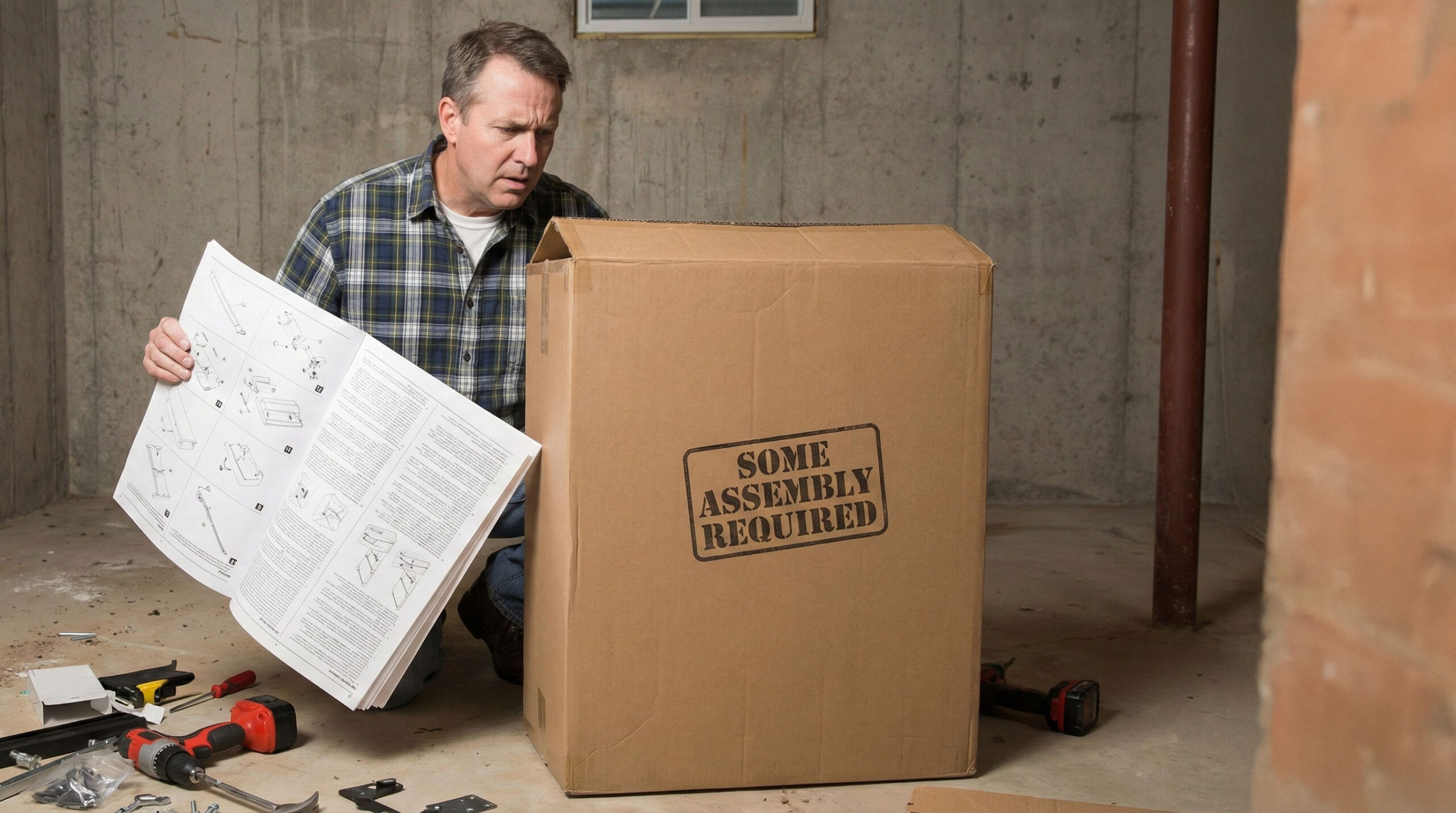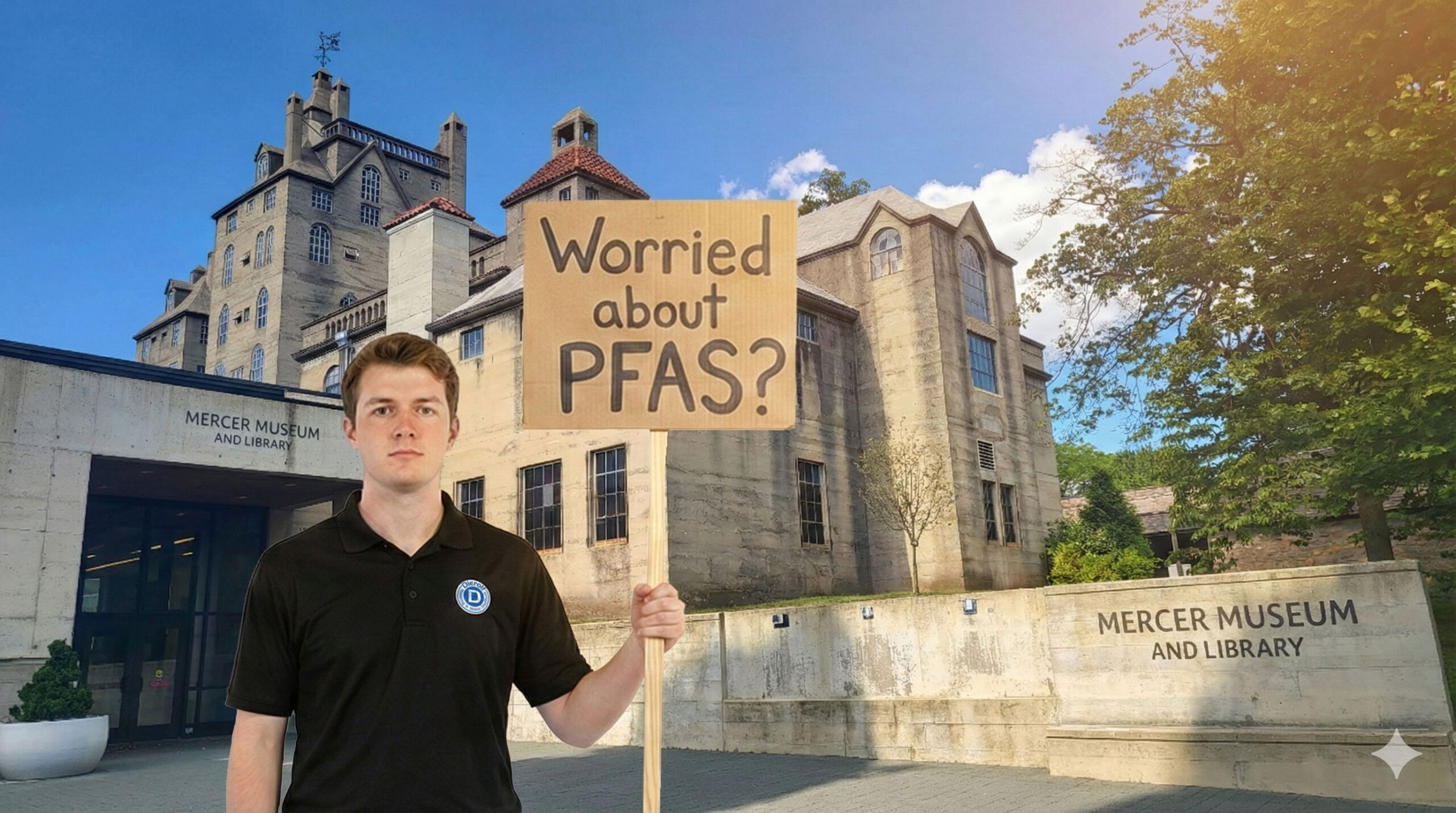Clean water touches every part of daily life. It is in the water you drink, the shower you step into each morning, the laundry you wash, and the food you prepare for your family. Yet most homeowners are not always sure how to make sense of the different systems available to improve water quality. Terms like filtration, treatment, and purification often get used interchangeably, even though they do very different things.
Understanding the difference helps you choose the right solution for your home and your water source. Below is a clear breakdown of what each term means, how each method works, and when each is most appropriate.
What Is Water Filtration?
Filtration is the process of physically removing unwanted material from your water by passing it through a filter. The filter media captures certain particles, leaving the water clearer and better tasting.
Common filtration technologies include:
- Sediment filters to remove dirt, rust, sand, and cloudiness
- Carbon filters to reduce chlorine and improve taste and odor
- Advanced membrane filters to reduce very fine particles
Filtration does an excellent job improving the taste, smell, and clarity of water. However, filtration alone may not remove dissolved minerals, certain chemicals, or microorganisms. For that reason, it is often one part of a complete water solution.
The CDC offers a great guide for choosing home water filters.
What Is Water Treatment?
Water treatment refers to a broader group of processes that improve water quality based on the needs of the home or building. Treatment addresses the underlying chemistry or biological content of water, not just its appearance or taste.
Examples of treatment include:
- Water softening to reduce hardness minerals that cause scale buildup and dry skin
- Oxidation and filtration to remove iron and sulfur
- UV disinfection to inactivate bacteria in private well water
- pH adjustment to protect plumbing and fixtures
Water treatment is about creating safe, reliable, and comfortable water throughout the entire home. The right treatment plan depends on a professional water test and the unique characteristics of your source water.
The EPA offers a comprehensive understanding of water treatment options.
What Is Water Purification?
Purification goes a step further. It reduces contaminants to meet high purity standards, especially for drinking and cooking water. Purification targets very small and dissolved contaminants that filtration and basic treatment may not fully address.
Common purification technologies:
- Reverse osmosis (RO) to remove dissolved solids, trace chemicals, fluoride, and more
- Deionization (DI) to remove charged minerals
- Distillation to capture water vapor and leave contaminants behind
Purification systems are usually installed at a single point of use, such as a dedicated drinking water tap at the kitchen sink. Many families choose purification for peace of mind when it comes to the water they consume every day.
The Water Quality Association (WQA) is a great resource to learn more about water quality standards.
Filtration vs Treatment vs Purification: At-a-Glance Comparison
| Category | Filtration | Treatment | Purification |
| Primary Goal | Improve clarity, taste, and odor | Make water suitable for everyday use | Produce very high-purity drinking water |
| How It Works | Water passes through filter media | Combination of physical and chemical processes | Advanced separation of dissolved and very fine contaminants |
| Typical Technologies | Sediment and carbon filters | Softening, oxidation, aeration, disinfection, filtration | Reverse osmosis, distillation, deionization |
| Best Use Case | Better tasting water and cleaner showers | Reliable whole home water for fixtures and appliances | Clean drinking water at a single faucet |
Real-World Examples
| Water Issue | Most Likely Solution | Why |
| Water tastes like chlorine | Filtration | Carbon adsorption reduces taste and odor |
| White spots on fixtures and dishes | Water Softener (Treatment) | Hardness minerals are causing scale buildup |
| Desire for the cleanest drinking water possible | Reverse Osmosis (Purification) | Removes very fine contaminants and improves taste |
So Which One Do You Need?
The answer depends on:
- Whether your water comes from a private well or municipal source
- Your water test results
- What matters most to your household: taste, safety, appliance protection, or drinking purity
Many homes use a combination of all three. For example:
- Whole-home treatment for hardness or iron
- Filtration to improve taste and odor
- Reverse osmosis at the kitchen sink for drinking water
This layered approach ensures your water is not just usable, but truly enjoyable.
Frequently Asked Questions
- Do I need both a water softener and a drinking water filter?
In many homes, yes. A water softener protects your plumbing, water heater, fixtures, and skin from hardness minerals, but it does not produce purified drinking water. Most households use treatment (like softening) for the whole home and purification (like reverse osmosis) at the kitchen sink for drinking and cooking.
- Will a basic carbon filter remove PFAS, lead, or other emerging contaminants?
Not always. Carbon filters can reduce some contaminants, but PFAS, lead, and other very fine or dissolved substances often require specialized media or reverse osmosis. The right solution depends on a water test and knowing which contaminants are actually present.
- How do I know which system my home needs?
The best approach starts with a professional water test. The test identifies the minerals, metals, and potential contaminants in your water, which allows the correct solution to be designed. Without testing, choosing equipment is guesswork.
- Are whole-home treatment systems expensive to maintain?
Most systems only need periodic media replacement, salt refills, or routine inspection. In many cases, the cost of maintenance is far less than the repairs caused by untreated water.
- Can I install a reverse osmosis system for my whole house?
It is technically possible but usually not practical. Reverse osmosis works best at a single faucet where drinking water is needed. For whole-home comfort and protection, a combination of filtration and treatment is more efficient.
Next Step: Start with a Water Test
The most important first step is knowing what is actually in your water. Once we have a clear picture, we design the right solution to match your needs, your home, and your goals.
Dierolf Plumbing and Water Treatment has performed thousands of professional water tests across Southeastern Pennsylvania, helping families get clean, healthy, reliable water they feel good about using every day.
If you would like guidance, we are here to help.



